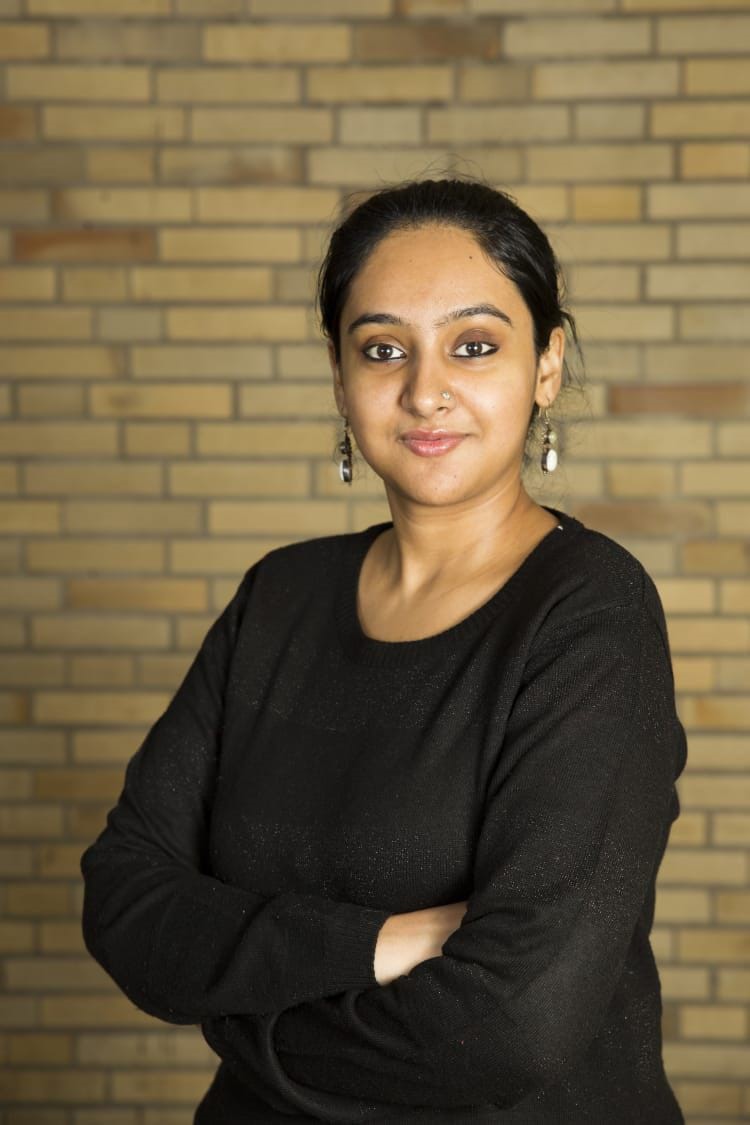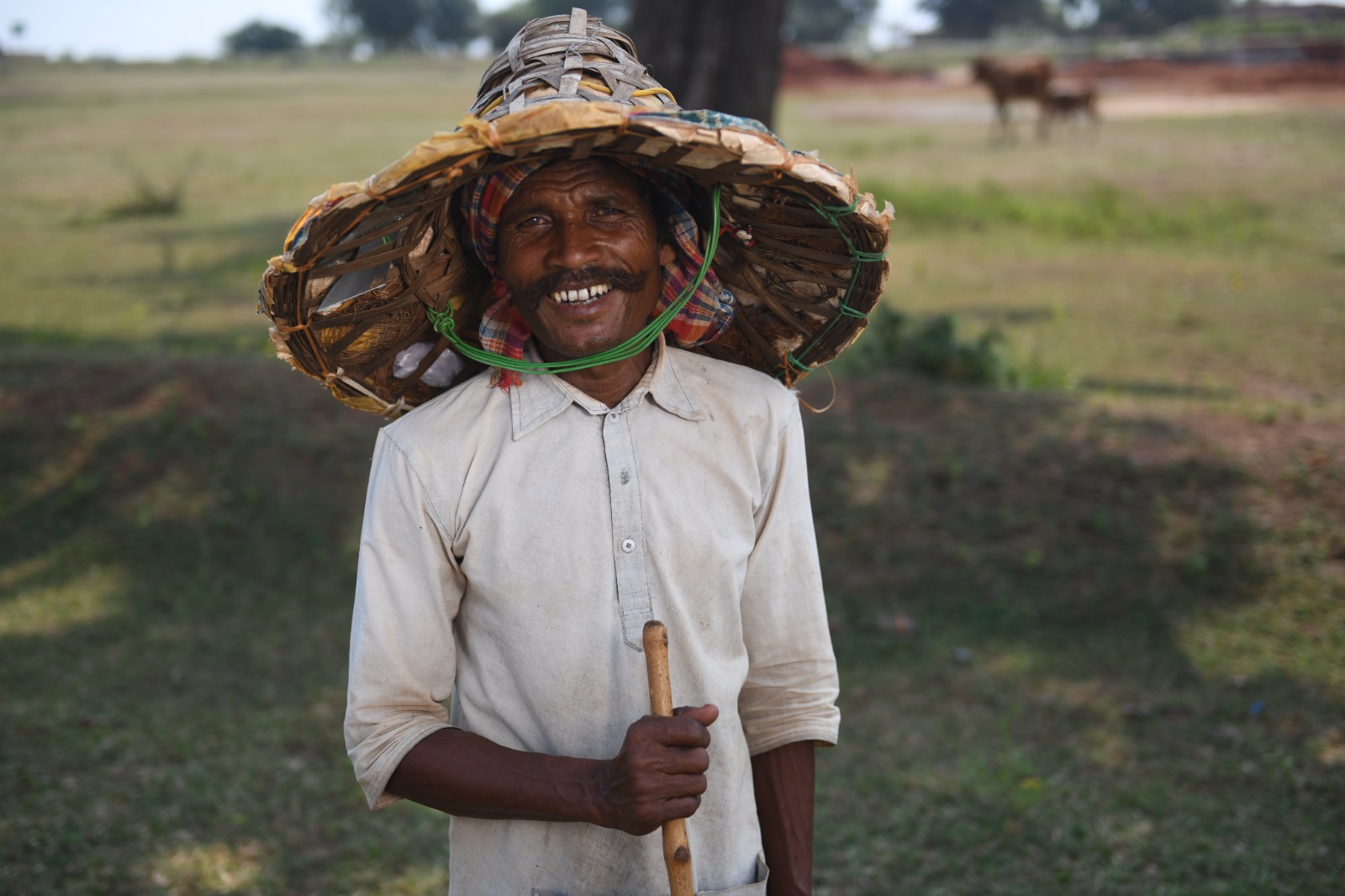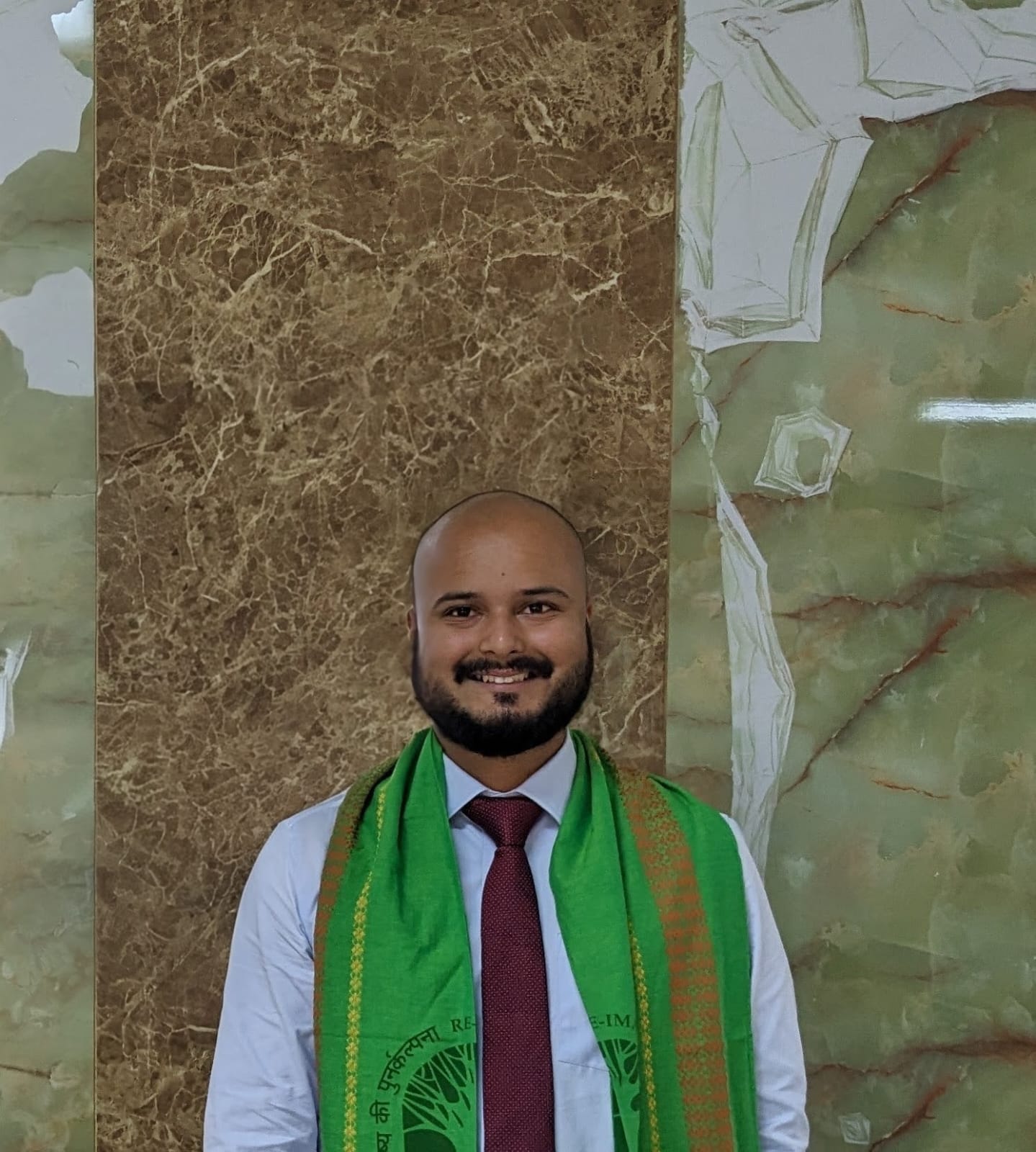On 6th December 2024, the occasion of the 69th Mahaparinirvan Diwas, Prime Minister Narendra Modi paid homage to Dr. B.R. Ambedkar, an unwavering champion of social justice and the architect of India’s Constitution. The commitment to fulfilling Dr. Ambedkar’s vision of an equal society, where citizens are treated with dignity irrespective of their caste, is not only reflected in the Constitution but also in the policies of today. Hence, one can say that the Constitution is not just safeguarded but actively implemented, promoting justice and social equality.
Empowering Marginalized Communities
Back in 2015, a profound message was delivered by the Prime Minister when he stood amidst Dalit entrepreneurs at the inauguration of the National Conference of Dalit Entrepreneurs1. He highlighted that the Dalit community is no longer confined to the shadows of destitution and victimhood but stands as a beacon of strength and resilience.
This government’s vision is driven by fostering an ecosystem of empowerment and growth, rather than treating marginalized communities as a mere vote bank.
The aim is to integrate these communities into the growth story of “New India,” which goes beyond mere survival to achieve self-reliance.
Financial Inclusion Through Mudra Yojana
To begin with, the Pradhan Mantri Mudra Yojana (PMMY), launched in 2015, has proven to be a significant driver of financial inclusion for Scheduled Castes (SCs), Scheduled Tribes (STs), and OBCs, potentially leading to social inclusion in the future. As of 2024, the scheme has managed to facilitate over 25 crore accounts for SC, ST, and OBC beneficiaries, which is almost 50% of the total accounts, with a cumulative disbursement of more than ₹10 lakh crore. By enabling easy access to institutional credit without collateral, Mudra loans have allowed small entrepreneurs from marginalized communities to establish or expand businesses in manufacturing, trading, and the service sector. With the recent increase in the loan limit to ₹20 lakh, opportunities for larger investments and scaling have been provided. Such initiatives contribute directly to enhancing livelihoods, uplifting socio-economic status, and breaking intergenerational cycles of poverty to pave the way for a more equitable and inclusive society2.
Empowering Entrepreneurs: Stand-Up India Scheme
Likewise, the Stand-Up India scheme, launched on April 5, 2016, has been pivotal in driving entrepreneurship among marginalized communities, particularly SCs, STs, and OBCs. Aimed at lending for setting up greenfield units in manufacturing, services, or trading, the scheme provides loans between ₹10 lakh and ₹1 crore, making a significant contribution to the economic empowerment of marginalized communities. As of 2024, over 2.35 lakh loans have been disbursed to SC and ST beneficiaries, making a substantial impact on their journey of entrepreneurship. This scheme has been extended to 2025 with a commitment to strengthen entrepreneurship and ensure long-term success for marginalized communities.
Inclusive Agriculture: PMFBY and PM-KISAN
The Pradhan Mantri Fasal Bima Yojana (PMFBY) aims to strengthen the agricultural sector by paying 98% of total claims, amounting to more than ₹1 crore. However, it has also made agriculture more economically inclusive for marginalized communities. In 2024, 63.96% of the beneficiaries of the Kharif season belonged to the SC, ST, and OBC communities3. Likewise, the Pradhan Mantri Samman Nidhi (PM-KISAN) has proven to be a strong instrument for the inclusion of marginalized communities. Despite being for farmers irrespective of caste, it provides ₹6,000 annually to all landholding farmers without consideration for the size of their holding. Additionally, the direct transfer system omits all intermediaries, reducing the chances of exploitation by moneylenders.
Educational Empowerment: Inclusive Opportunities for Students
The field of education, which is a fundamental right for every student irrespective of caste, has also been made more inclusive. Several schemes and scholarships provided by the government under the present regime facilitate equality in education. For instance, the Scheme for Residential Education for Students in Targeted Areas (SRESHTA), launched by the Ministry of Social Justice and Empowerment, provides free education at private residential schools to Scheduled Caste students with a parental income cap of ₹2.5 lakh per year. It covers hostel expenses and fees for ninth to twelfth grades, providing scholarships between ₹1 lakh and ₹1.35 lakh annually across 3,000 seats in 177 schools.
Similarly, the PM Young Achievers Scholarship Award Scheme for Vibrant India (PM-YASHASVI) supports OBC, EBS, and DNT students with financial aid for pre- and post-matric education. It has benefited over 47 lakh students in FY 2023–24, with allocations exceeding ₹1,350 crore.
A Commitment to Justice and Equality
Thus, one can say that the government’s commitment has not been rooted in a narrative of victimization but in creating an ecosystem conducive to the economic inclusion of marginalized communities. The purpose is to ensure that financial inclusion is achieved through positive steps taken by the government in the direction of justice and equality.
References:
- https://www.pmindia.gov.in/en/news_updates/pm-inaugurates-national-conference-of-dalit-entrepreneurs
- https://financialservices.gov.in/beta/sites/default/files/2024-11/Website-October-2024-English.pdf
- https://pmfby.gov.in/adminStatistics/dashboard







